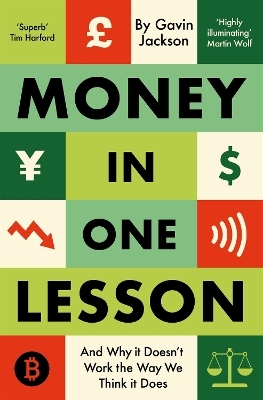
30 Years of Transition in Europe
Edward Elgar Publishing Ltd (Verlag)
978-1-83910-949-2 (ISBN)
Featuring contributions from both top academics and experienced policymakers, 30 Years of Transition in Europe first discusses the process of transition in CESEE from a historical perspective, analysing the impacts of differing approaches on economic and monetary policy, the role of central banks and the speed of reform in various countries of the region. Chapters also compare CESEE transformations to emerging economies in Asia, and examine contemporary concerns around financial and monetary stability, as well as exploring the long-term determinants of economic growth such as digitalization, climate change and demographic trends.
Economists, central bankers, and policymakers in the banking sector and other international financial organizations will find this book an enlightening read. It will also be useful for academics in economics and politics with a particular interest in emerging European economies and European integration.
Edited by Robert Holzmann, Governor, Doris Ritzberger-Grünwald, Director and Helene Schuberth, Head of Division, Oesterreichische Nationalbank, Austria
Contents:
Preface
PART IA historic transformation: heterogeneity in CESEE in a changing global context
1Looking back on 30 years of transition – and looking 30 years ahead
Robert Holzmann
21989: the year of the great ambivalence
Anton Pelinka
3The price of unity: the transformation of Germany and Eastern Europe after 1989
Philipp Ther
PART IIA central banker’s view on monetary policy during transition
4Monetary policy challenges during transition: the case of Serbia
Jorgovanka Tabaković and Ana Ivković
5Monetary milestones of the past 30 years: the Czech National Bank’s view
Jiří Rusnok
6Croatia – from hyperinflation to the road to the euro area
Boris Vujčić and Katja Gattin Turkalj
PART IIIModes of transition: the impact of different economic policy approaches
7Ten lessons from thirty years of post-communist economic transformation
Anders Åslund
8The impact of different transition patterns and approaches on economic development in EU-CEE11, Russia and Ukraine
Marina Gruševaja
9Central, Eastern and Southeastern Europe’s reunion with Europe
Andrzej Sławiński
PART IVLessons from three decades of catching-up in Asia
10Catching-up in Central and Eastern Europe and East Asia – commonalities and differences
Michael A. Landesmann
11Chinese multinationals in East Central Europe: structural, institutional or political considerations?
Ágnes Szunomár
PART VChallenges for CESEE’s near future: monetary and financial stability
12Did macroprudential policies play a role in stabilizing the credit and capital flow cycle in CESEE?
Markus Eller, Helene Schuberth and Lukas Vashold
1330 years of monetary and exchange rate regimes in Central and Eastern Europe: what has changed, and what is next?
Johannes Wiegand
PART VIThe future of CESEE: the impact of megatrends
14At the start of a new leadership of the European Commission and the European Central Bank: where is the place of Central and Eastern Europe?
Martin Selmayr
15Will the EU overcome the East-West divide?
Ada Ámon
16Demographic change in Central, Eastern and Southeastern Europe: trends, determinants and challenges
Tomáš Sobotka and Alexia Fürnkranz-Prskawetz
17The demographic challenge of Eastern Europe and potential policy options
Mario Holzner
Index
| Erscheinungsdatum | 04.11.2020 |
|---|---|
| Verlagsort | Cheltenham |
| Sprache | englisch |
| Maße | 156 x 234 mm |
| Themenwelt | Wirtschaft ► Volkswirtschaftslehre ► Finanzwissenschaft |
| Wirtschaft ► Volkswirtschaftslehre ► Makroökonomie | |
| ISBN-10 | 1-83910-949-1 / 1839109491 |
| ISBN-13 | 978-1-83910-949-2 / 9781839109492 |
| Zustand | Neuware |
| Haben Sie eine Frage zum Produkt? |
aus dem Bereich


